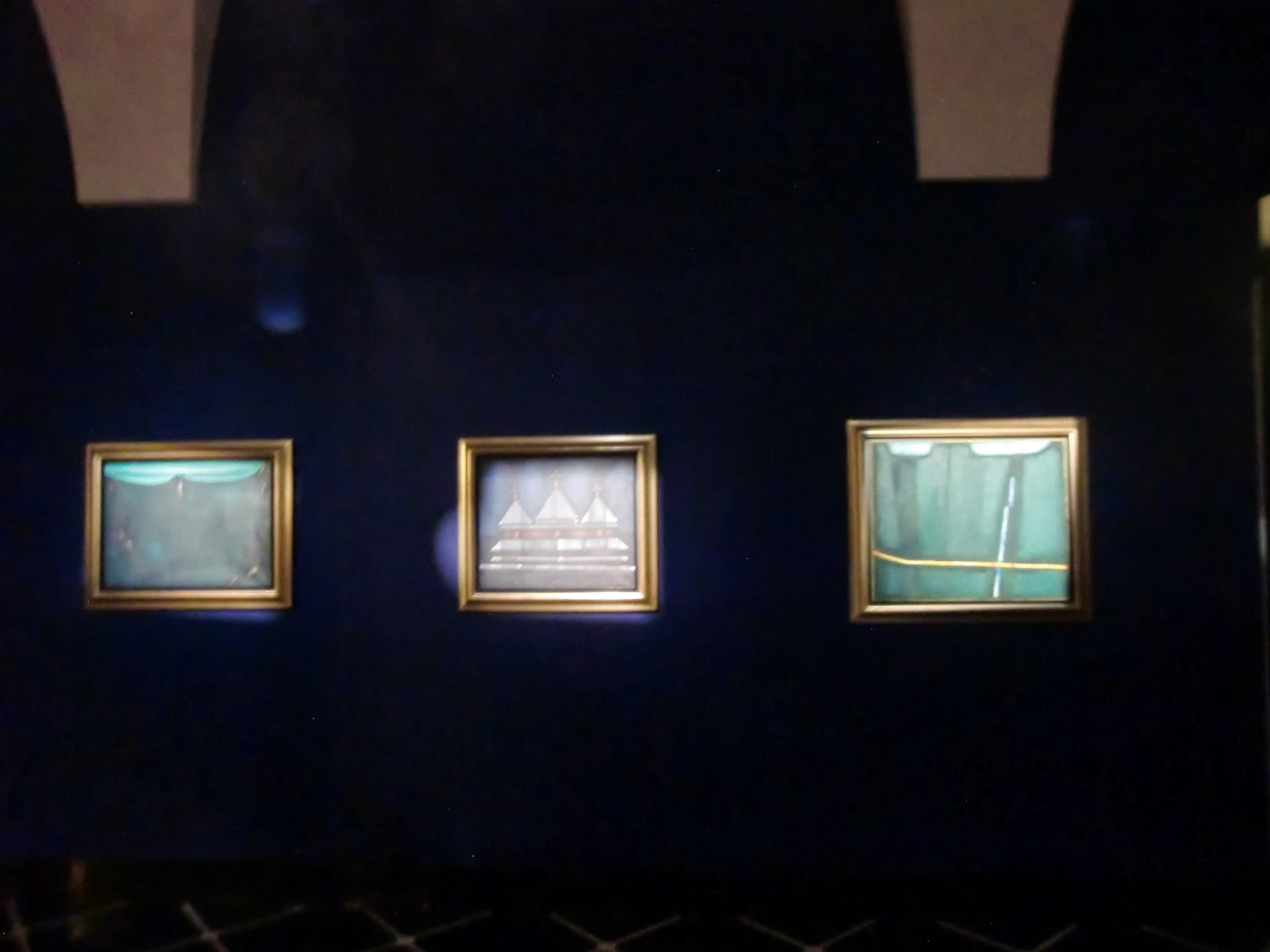1989 - Round Table discussions. The Polish Pound Table talks that took place here marked the end of communism and the beginning of free Poland.
None of the Presidential Palace's chambers is as well known as the Column Room. It is the largest and the most splendid of the entire Palace, various events that take place here are transmitted live by TV stations.
1997 - Constitution of the republic of Poland was signed
1999 - Poland's entry into NATO was ratified here
2003 - Rarification of Poland's entry into European Union was signed here as well
Since 1994 Palace is official seat of the President of Poland.
Lech Wałęsa, Aleksander Kwaśniewski and Lech Kaczyński have resided in the Palace. When Lech Kaczyński died tragically in a plane crash, the Palace became the memorial site where people left flowers and lit candles.
During current Bronisław Komorowski presidency, the Presidential Palace is open to various events like "Feast of Joy " for Children's Day, concerts, "May Picnic with Poland" etc.
The Banner Hall
The Blue Room is where conferences are held and foreign delegations are received.
In the time of Polish Congress in 1818, eight year old Frideric Chopin mada his debut in the Palace.
Paderewski's piano.
The newest room in the Palace for unofficial conversations.
The Blessed Virgin Mary Chapel. It was set up in 1994 by lech Wałęsa. Blue light seeps inside through the stained glass windows made by Jerzy Owsiak (founder of Great Orchestra of Christmas Charity and also a glazier). The walls are decorated with pictures , sculptures and mosaics- gifts for the Polish presidents from visitors like Pope John Paul II, and Benedict XVI. It is a place of prayer for the presidential couple and their guests.
A separate plaque commemorats the victims of the New York terrorist attacks on September 11, 2001, with a cross made out of pieces of rubble from the World Trade Center.
During official visits the presidential couple awaits the guests in the courtyard in front of the palace's arcade. The first room visited by the most guests is the Grand Hallway on the mansion's ground floor (above).
Ten huge statues of antique gods are standing on the Attic.
The Palace's facade has always looked especially impressive at night - it is brilliantly iluminated during state holidays and grand receptions.





























Brak komentarzy:
Prześlij komentarz